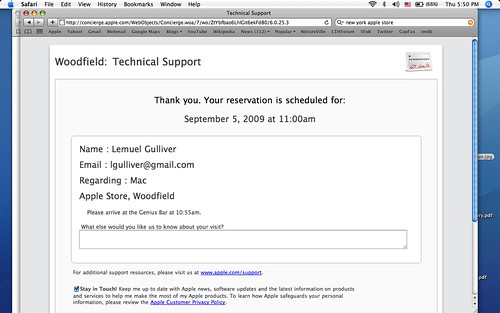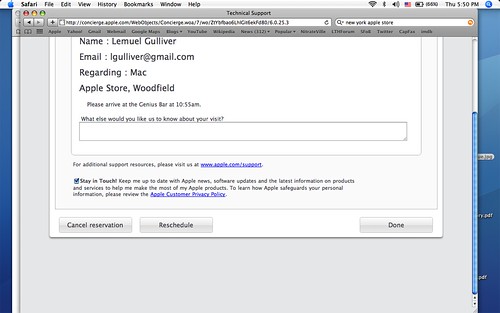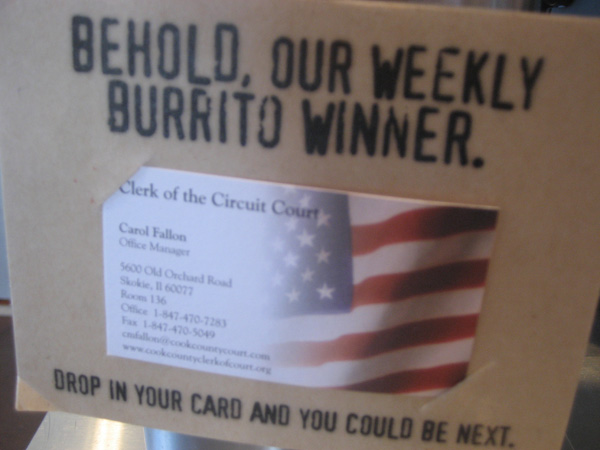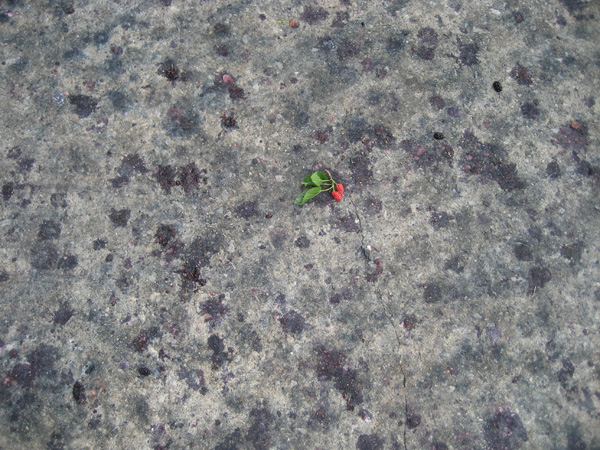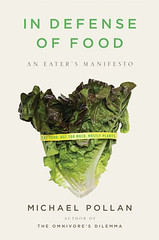I’ve been asked this more than a little, and back when I was mainly in advertising, I was asked the same thing about that field, too, and really, the advice isn’t all that different, though the economic conditions are. On the minus side, it’s not a great time in history to make a living at writing about food and drink, but on the plus side, at least it’s never been easier to break into the field. That’s because it’s never been easier to get people to see your work without already having been published.
The first thing is that you simply must write. Writing is not just about being smart and clever, it’s about having the energy and focus to do a lot of it, and quickly. So go get yourself a free blog at Blogspot or Tumblr, and start writing. A lot. Write about what you eat, but also start doing the kind of thing that someone would like to publish—interviews, lists, think pieces, whatever. Blogging about your personal experiences is good practice, but you need to show you can do more than talk about yourself.
Yes, it’s true you’re working without getting paid. You and everybody else. Every mathematician started by doing geometry in high school. Every baseball player played it in the street with other kids before signing with the Yankees. You need to do a bunch of writing for free first, to 1) get better at it 2) prove you can do it, day in and day out. That’s the way the world works. (Believe me, a year from now you’ll be glad some of what you wrote wasn’t paid for, or seen, by anybody!) Don’t think of it in terms of a living yet, because that’s too depressing— the only way you’ll make a living at it right now is with the rare staff job at a paper or magazine.
In fact, I’m all for having a different job entirely when you’re young; I think you’ll be a better writer for being out in the world, working and interacting and gaining a wide range of skills, than if you spend 12 hours a day typing inside the cramped confines of your own head. Go work in a cannery like Steinbeck or sail on a whaling ship like Melville or whatever it takes to have some experiences and observe other people. (Tending bar is good too, especially for food writers.)
Two more things: learn how to promote your stuff in a non-obnoxious way on social media, and use it to make new contacts online. And if you can take pictures with a decent camera, do. Being able to supply photos with an idea always makes it easier to sell. One more thing to start getting practice at now.
A few months pass, you’ve got some pretty good pieces, and you want to actually get published. There are a lot of places that will give you a shot… for free. Well, eventually you’ll want a firm policy against doing that, but for now, the exposure is worth more than the tiny fee you’d make anyway. So look for publications, see what they actually publish—don’t pitch Best River North Bars For Hooking Up to a publication that focuses on recipes for moms—and pitch them ideas that are like what they do, but not exactly what they’ve already done.
Here’s the secret of pitching (indeed, any job search). The person who hires is not looking for someone who is fabulous to be their new best friend. The person who hires has too much work and is looking for someone who can take a chunk of it out of their hair and come back with a finished piece. That’s it. Be their no-fuss solution, show them you can solve that problem for them with no drama and minimal help from them and return with a perfectly good piece, and you’ll soon get more assignments than you ever expected.
Respect the parameters of the assignment. If they say 500 words, turn in 475 to 510, not 1200.
You’ll get edited at this point, and one important thing is learning how to respond to editing. Some of it will be very good advice about sharpening your points and making your writing more compelling. That’s the best thing that can happen to you, even if it stings a little; that kind of editing is your grad school. Some of it, alas, will be somebody who knows less than you about your subject, screwing your well-thought-out piece up. Learn the difference and how to take it in stride. If someone is really hard to work for, simply fade out of their pool of pitching writers without a fuss, getting a reputation for being a pain to work with will get around.
Now you’ve got half a dozen pieces published. It’s time to professionalize your online image. This could be your blog, or it could be on a new site, but you need to find a way to look like a pro, not just a blogger, and to highlight your published work and direct people to it. The game here is, you pitch an editor who never heard of you, the first thing she’ll do is go to your site and see who you are. You want her to see your published pieces and instantly know you’re a pro who can get assignments done (see previous point about “solving that problem”).
And from there, it’s just a matter of getting better at writing and at networking over time— and pitching places that pay better. The things writers have always done, but you happen to live in the time that offers more online tools for doing it without having to have gone to the right school and made the right friends than ever before. Good luck.
Finally, the world is full of more advice about actually writing than I could ever repeat, but when it comes to food writing, an especially sensual subgenre, you can’t do better and pithier than Mr. Samuel Clemens:
Don’t say the old lady screamed. Bring her on and let her scream. —Mark Twain


 Posted in
Posted in 



